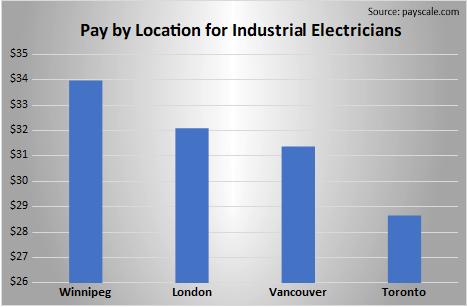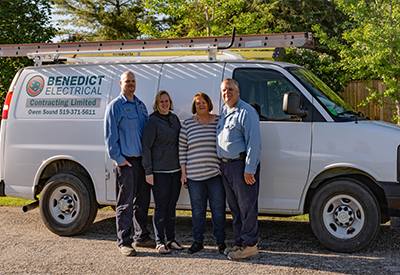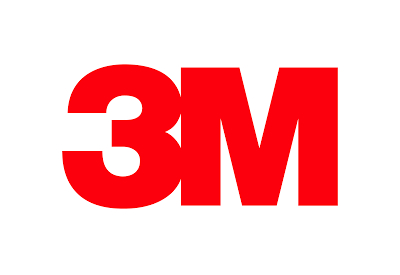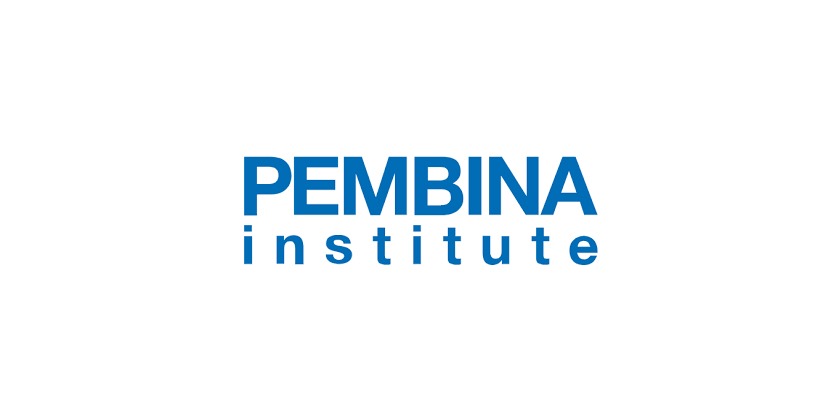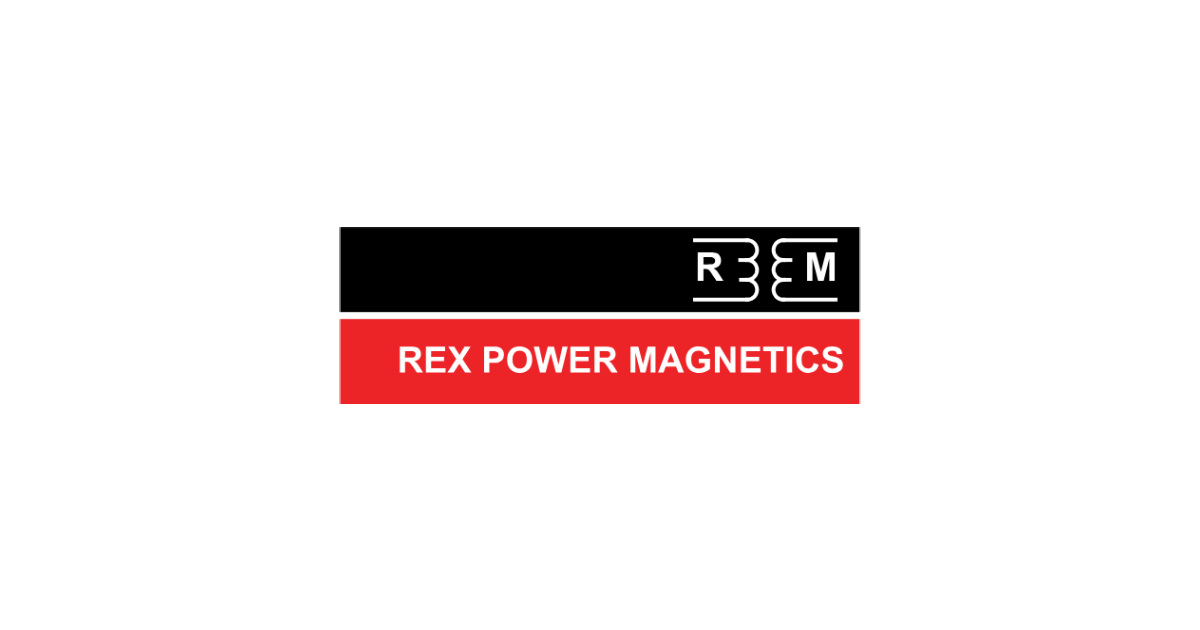Where “High Performance” for Buildings Is Headed Part 3: The Future of HPBs

September 13, 2016
Parts 1 and 2 of this 4-part series examined four major performance areas for high performance buildings (HPBs) and emerging considerations, including building performance mechanisms and cost-effectiveness. Part 3 looks to the future.
It is naturally of great importance to owners and occupants that spaces within buildings are conducive to the purposes they are intended to serve. The delivery, accessibility, and reliability of essential services — from power and information networks to audiovisual and security systems — are key aspects of making a building and its spaces optimally functional and operational. Space design is also essential, not only to support the activities currently being conducted, but also to accommodate changes in activities and needs over time.
There are many qualitative aspects to building spaces that can support or impede their effective use. While functional and operational performance is a vital aspect of building performance, it is more an outcome of intentional design than a product of specific design provisions within building performance mechanisms. As the building community evolves from a focus on prescriptive codes and systems to a focus on more outcome-based approaches — that is, measuring actual building performance as opposed to evaluating just the design — the opportunity to enhance the functional and operational performance of building will continue to grow.
There are already provisions within some building mechanisms related to the nexus between occupant experience and a building’s functional and operational performance. For example:
- LEED v4 has incorporated a more performance-based approach to indoor environmental quality to ensure improved occupant comfort
- Green Globes has long included points for addressing areas such as acoustic and thermal comfort to ensure occupant well-being and comfort
- The 2012 International Green Construction Code (IgCC) requires pre- and post-occupancy commissioning for a wide range of systems (e.g., HVAC, lighting) to ensure the buildings are operating and being maintained as designed
Another relevant trend is the effort by some market leaders to push for buildings that are both “green” and “smart” — employing technologies that enhance sustainability as well as performance in building operations.
Powerful new information, sensing, and control technologies are expanding the means by which building performance and occupant experience can be affected and measured. Energy-related sensors and controls are still improving, but technologies such as advanced lighting controls (with daylight and occupancy sensors) already enable achievement of zero-energy goals, as do ongoing measurement and feedback systems (e.g., dashboards) that can influence occupant behaviour with real-time information on system performance. (The USGBC, for instance, now offers a LEED Dynamic Plaque that measures building performance in energy, water, waste, transportation, and human experience and generates a real-time performance score.)
Sensors can now measure light levels, temperature, occupancy, and other variables that can be used to control lighting and optimize space utilization. Other attributes of building performance, such as indoor air quality, which affects health and productivity, can be similarly enhanced using sensors, monitors, ongoing measurement, and feedback systems.
These information-driven opportunities are increasingly associated with the Internet of Things, as machine-to-machine (M2M) communication at the device level allows for a granular view of how various aspects of the building are performing.
The semantics of HPBs
There are a lot of performance-related terms in the marketplace, which can create some murkiness around specific meanings. These terms tend to be synonymous or related, and they all tend to be aspects of HPBs.
For instance:
- intelligent buildings are also called smart buildings, and they can facilitate greater energy savings, security, and building functionality
- zero energy buildings are also called net zero energy and zero net energy. While they generally refer to buildings with energy needs equal to or less than the on-site energy produced, there are many specific zero-energy definitions throughout the industry
- high performance building itself is a term often interpreted in light of energy, water, and operational efficiency. Its interpretation needs to be broadened to capture other attributes
Identifying the performance gaps
As described in this paper, there has been significant evolution within the building landscape to reflect a broader range of performance objectives. Nonetheless, the current suite of building performance mechanisms do not yet fully reflect the most comprehensive aspirations for HPBs, nor do they fully address the needs and desires articulated by building owners.
A systematic review of the provisions of several building performance mechanisms reveals the following:
- building performance mechanisms remain heavily weighted toward sustainability – or specific elements of sustainability, such as energy efficiency – perhaps driven by societal demand and an engaged climate / environmental advocacy constituency. For instance, building energy disclosure ordinances and energy and sustainability building codes, by their nature, focus primarily on energy and sustainability. Leading ratings systems, such as LEED and Energy Star, have a similar focus. Some measures that promote sustainability also touch on aspects of other building performance attributes, such as thermal and lighting controls (which can improve productivity), but the driver has generally been sustainability
- the most recent iterations of some building performance mechanisms, including LEED, do reflect a broader set of performance considerations, such as concern for occupant health and well-being, but resilience has only just been tentatively introduced, and security remains largely absent
- with its broad scope — using an 8-point framework that includes accessible, aesthetic, cost-effective, functional/operational, historic preservation, productive, secure/safe, and sustainable — the WBDG most closely reflects the federal definition of a high performance building. The WBDG, as previously noted, is not a mechanism that can really drive the market by compelling or rewarding building owners’ conformity to specific design requirements
Building performance mechanisms can help set the bar for design and operation in a particular area, and can draw attention to performance attributes that building owners may be neglecting.
Organizations that develop and govern building performance mechanisms tend to focus their attention on areas they seek to influence. But building owners have to be concerned with all aspects of a building’s performance, not just some. They must care about the safety of their occupants, the cost-effectiveness of the building, and the functionality of the workspaces, among other concerns. The fact is, however, that not all of these attributes have yet achieved equal prominence within the HPB landscape.
Imagine the potential for building improvements if a more holistic approach to high performance considerations were evident in the market.
This white paper is the third in a series that Legrand has produced to stimulate dialogue, highlight key trends, and advance understanding within the High Performance Building movement. In Part 4: signs of interest in convergence. Download the full paper here: http://www.legrand.us/aboutus/sustainability/edp-white-paper-2016.aspx.
Image courtesy of samarttiw at FreeDigitalPhotos.net.




